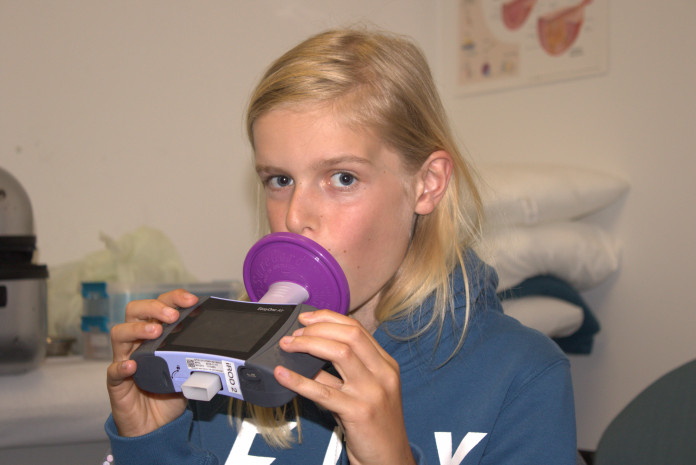In the green: could local plant diversity be the key to understanding childhood allergies and asthma?

Professor Jeroen Douwes, Professor John Potter, Associate Professor Andrea ‘t Mannetje, Dr Collin Brooks and Dr Marine Corbin (Massey University), Dr Caroline Shorter and Professor Julian Crane (University of Otago), and their wider team of researchers have won an Marsden Fund Council Award to investigate the links between asthma in young children in Aotearoa New Zealand and biodiversity
Aotearoa has amongst the highest rates of asthma and allergy in the world, with Māori and Pasifika disproportionately affected. Asthma sufferers cannot be cured - only the symptoms can be managed. This is because we do not yet have a clear understanding of what triggers asthma development. Studying a group of 50,000 children, this multidisciplinary team has discovered that tamariki exposed to more green space were less likely to develop asthma. This effect was even more pronounced in areas with high biodiversity containing native plant species. In this Marsden Fund Council Award study, the team will build on these findings and explore in greater depth the role of local biodiversity in asthma and allergy.

Study participant conducting lung function testing. Photo supplied
There is increasing evidence that the variety of microorganisms living within the human gut play critical roles in maintaining human health. This study will explore whether loss of environmental biodiversity and reduced access to green space are linked to differences in New Zealand children’s gut microbiota, and consequently to development of asthma and allergy. They will also investigate whether changes in gut microorganisms over time are associated with these factors. Finally, they will compare samples from asthmatic and non-asthmatic children in Aotearoa, Ecuador, Brazil and Uganda to determine whether there are differences in human microbiota between different countries, which could account for the high asthma rates seen here.
This large multidisciplinary study will provide valuable insight into the role biodiversity of the local environment plays in children’s respiratory health. It could also provide exciting and novel strategies for protecting our tamariki from asthma and allergy.
